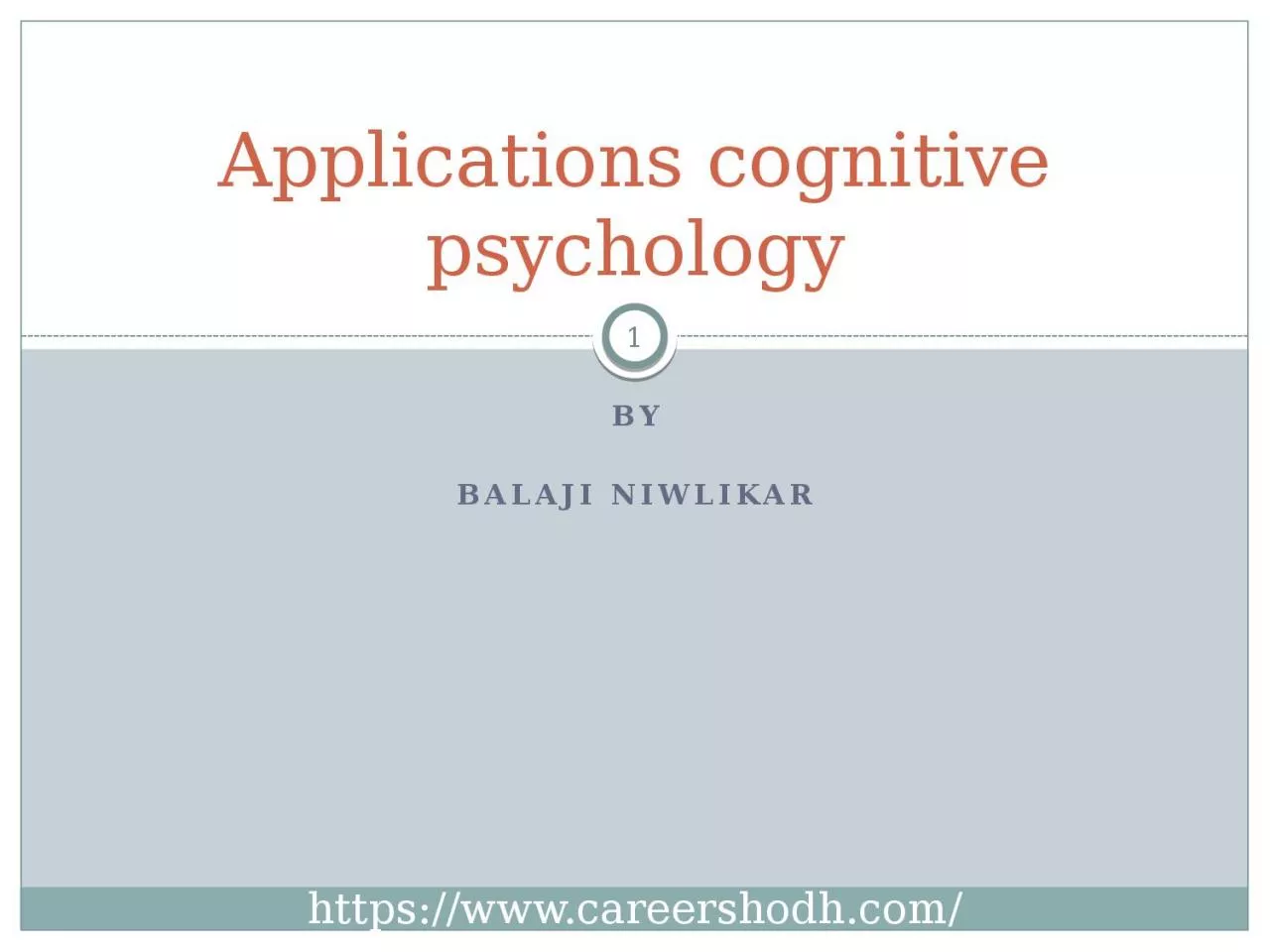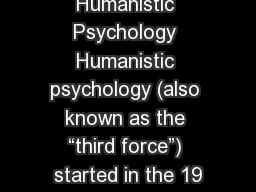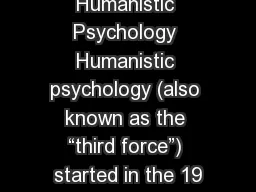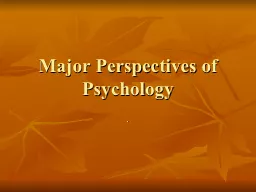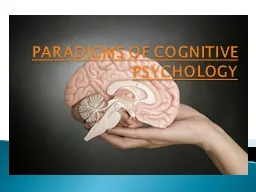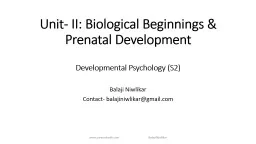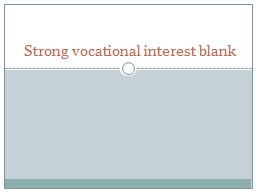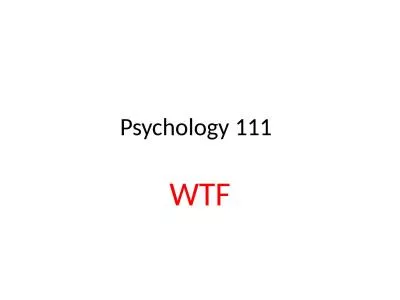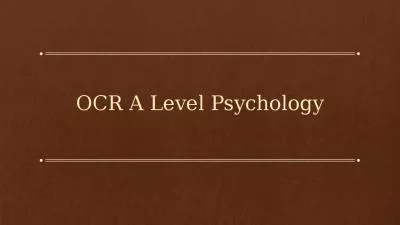PPT-By Balaji Niwlikar Applications cognitive psychology
Author : jaena | Published Date : 2023-07-09
httpswwwcareershodhcom 1 Definitions of Cognitive styles Cognitive style historically has referred to a psychological dimension representing consistencies in
Presentation Embed Code
Download Presentation
Download Presentation The PPT/PDF document "By Balaji Niwlikar Applications cognit..." is the property of its rightful owner. Permission is granted to download and print the materials on this website for personal, non-commercial use only, and to display it on your personal computer provided you do not modify the materials and that you retain all copyright notices contained in the materials. By downloading content from our website, you accept the terms of this agreement.
By Balaji Niwlikar Applications cognitive psychology: Transcript
Download Rules Of Document
"By Balaji Niwlikar Applications cognitive psychology"The content belongs to its owner. You may download and print it for personal use, without modification, and keep all copyright notices. By downloading, you agree to these terms.
Related Documents

